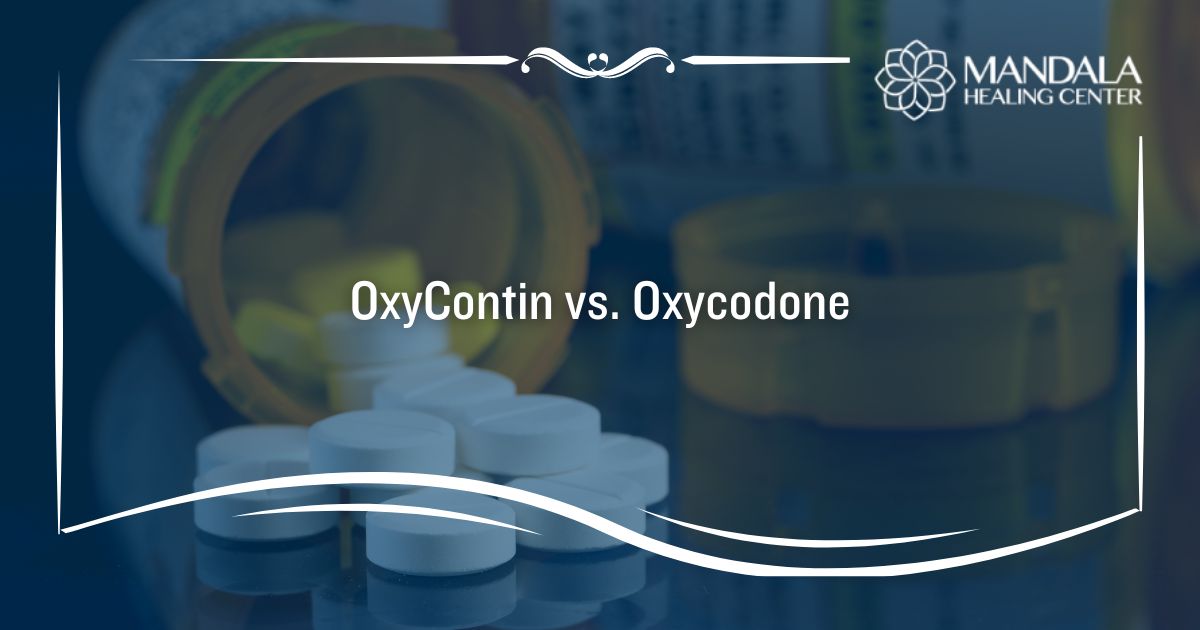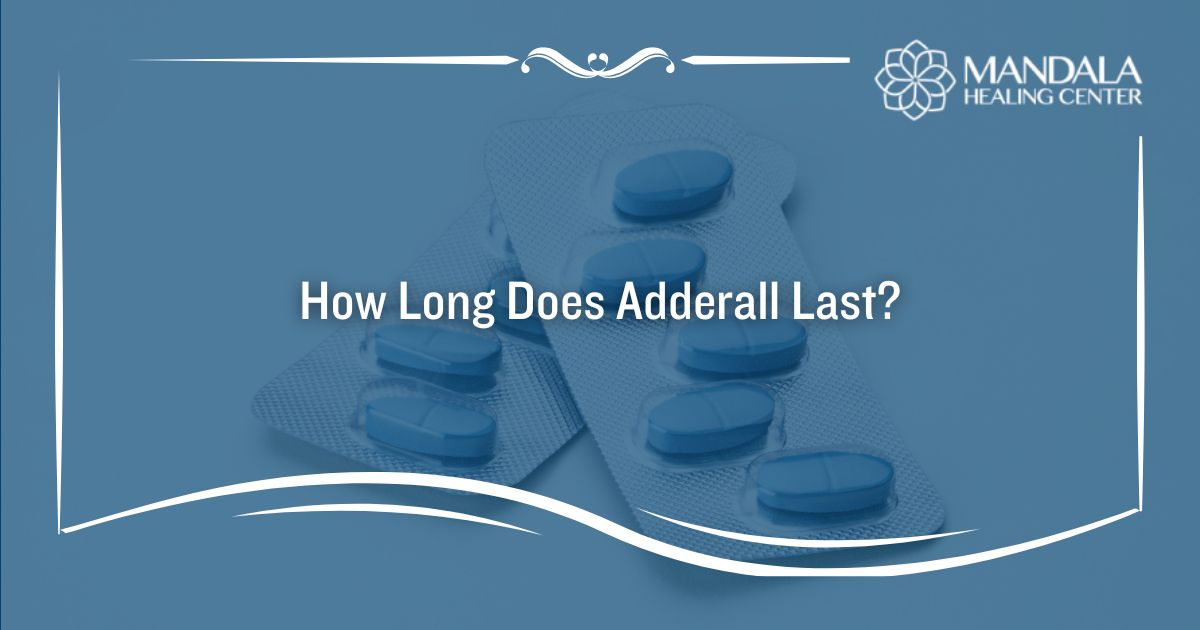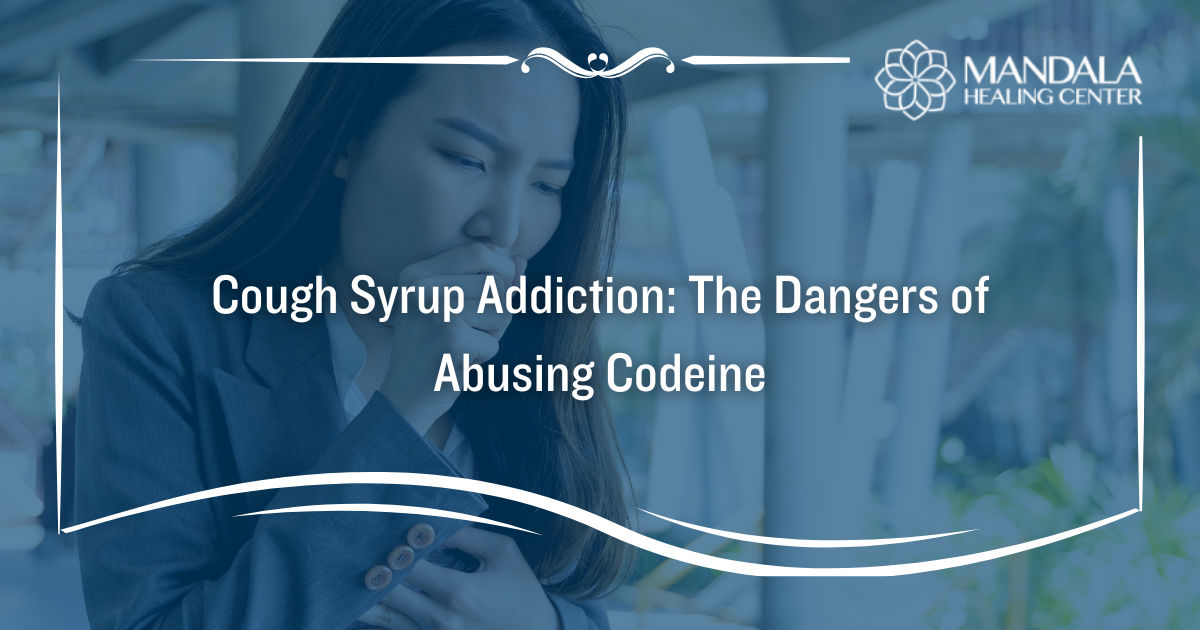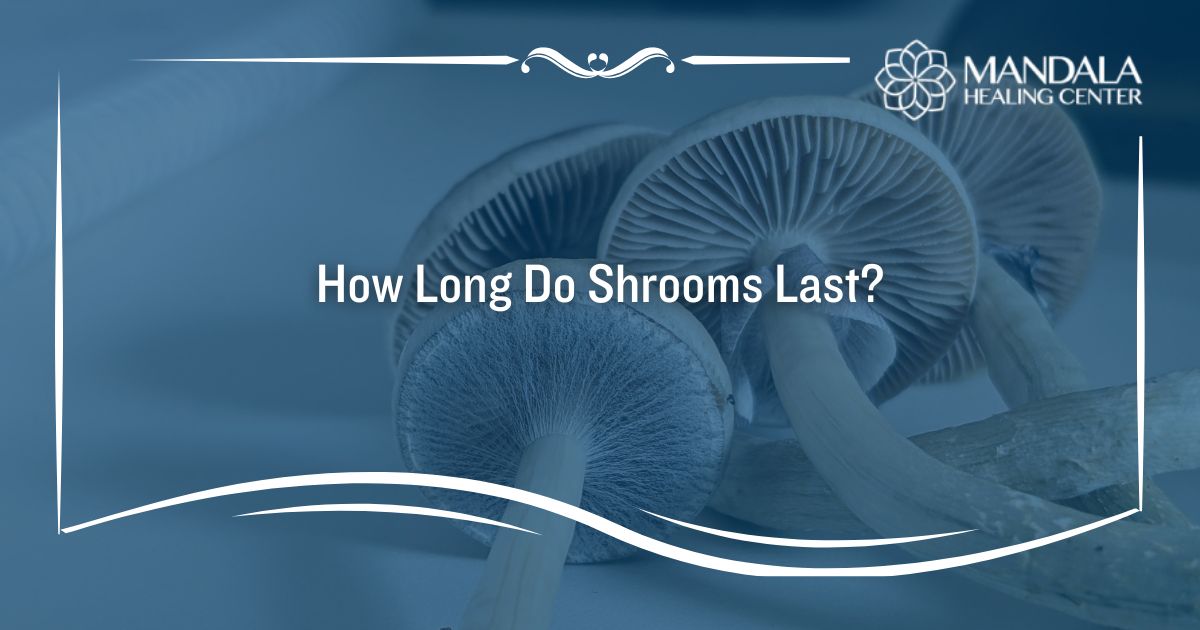Millions of people live with all kinds of pain. Pain is often part of recovering from a medical procedure or injury, or it can be a chronic condition people struggle with for years. Pain affects people differently, but most people want relief. Several types of pain-relieving medications are available to reduce pain, inflammation, and discomfort.
OxyContin and oxycodone are two prescription painkillers people use to manage pain. These potent pain relievers should only be used under strict medical supervision because of their risk for abuse and addiction.
But what are the other similarities and differences between OxyContin vs. oxycodone? This guide will examine how these pain-relieving drugs are alike, how they’re different, and how to find help if you struggle with opioid abuse.
OxyContin vs. Oxycodone: Understanding the Differences
OxyContin and oxycodone are different versions of the same medication. Both drugs are opioids that work similarly within the brain and body and are used to treat similar conditions. Opioid drugs like OxyContin and oxycodone work by binding to specific receptors in the brain and blocking the transmission of pain signals.
So, what are the differences between OxyContin and oxycodone? Simply put, OxyContin is the brand name for an extended-release form of oxycodone. Oxycodone is an immediate-release drug sold under multiple brand names and several forms, while OxyContin is a brand-name drug. While the original formulation of OxyContin was discontinued in 2010 after a surge of abuse and addiction, other brand names have been approved by the FDA since.
Here are some features of oxycodone and OxyContin.
Oxycodone
- Immediate-release
- Used to treat severe pain after surgery or injury
- Sold under the names Oxaydo and Roxicodone
- Available in three forms: Oral tablet, oral capsule, and oral solution
- Capsules and pills may be crushed for administration
- Users take it every 4-6 hours
- Approved for short-term use only (typically three days or fewer)
OxyContin
- Extended-release
- Brand name (no generic forms available)
- Only available in extended-release tablets
- Users take it every 12 hours
- Approved for long-term use
Typically, oxycodone tablets cost less than OxyContin. Both drugs are potent painkillers that have proven successful at treating severe pain.
OxyContin vs. Oxycodone: Side Effects
Because OxyContin and oxycodone contain the same active ingredient and work in the same way, these drugs have very similar side effects. Side effects of OxyContin and oxycodone include:
- Dizziness
- Drowsiness
- Nausea and vomiting
- Insomnia
- Itchiness
- Constipation
- Dry mouth
- Weakness
- Headache
- Mood changes
- Behavioral changes
Rarely, users of OxyContin or oxycodone may experience more serious side effects that include:
- Allergic reactions like rashes, hives, swelling in the face, tongue, and lips, or itching
- Confusion
- Changes in urination
- Excessive weakness
- Lightheadedness or fainting
- Extreme fatigue
- Breathing problems
Other drugs and substances can interfere with how OxyContin and oxycodone work and may result in severe, sometimes life-threatening complications. For example, taking other painkillers, sleeping medications, alcohol, or tranquilizers can put you at risk of dangerously low blood pressure, sedation, and coma.
If you take OxyContin or oxycodone for any reason, you must tell your doctor about all the medications and substances you take so that they can warn you about potentially dangerous interactions.
OxyContin vs. Oxycodone: Risk of Abuse and Addiction
OxyContin and oxycodone are both opioids, and all opioids have the potential for abuse and addiction. Opioid painkillers effectively relieve pain, but they also provide a sensation of euphoria that makes people want to use these drugs differently than prescribed. Examples of opioid misuse include:
- Taking an opioid medication without a prescription
- Using opioids longer than prescribed
- Taking higher doses of your medication than prescribed
- Using the medication more often than your doctor told you to
- Having more than one prescription for an opioid medication from multiple doctors
- Using the medication differently than your doctor prescribed, such as crushing and snorting tablets
Anyone who takes opioid medications may develop dependence or addiction, regardless of other risk factors for drug abuse. People who have never had problems with substance abuse may misuse opioid medications. Regular opioid use can cause chemical changes in the brain and body, making it nearly impossible to stop using these drugs without professional help.
Recognizing the signs of opioid abuse and seeking immediate treatment is critical. Some signs of opioid abuse and addiction include:
- Using up an opioid prescription early
- Needing to take more of the drug to get the desired effects
- Changes in mood, appetite, and sleeping patterns
- Isolating
- Neglecting relationships, hobbies, and responsibilities at home, in the workplace, or at school
- Exhibiting symptoms of being “high,” such as slurred speech, loss of coordination, constricted (small) pupils, or falling asleep at odd times
- Experiencing new or worsening mental health symptoms
- New legal or financial trouble
- Having symptoms of withdrawal if they stop taking the opioid drug
If you or someone you love exhibits signs of opioid abuse or addiction, you must seek treatment immediately to avoid the escalating mental, physical, and social consequences of substance abuse.
Treatment for Prescription Opioid Addiction
Opioid addiction is a complex condition with roots in a person’s biology, history, mental and physical health, and other aspects of who they are. Opioid addiction treatment should be comprehensive, compassionate, and tailored to meet each person’s unique needs and goals.
Treatment is offered in several levels of care, including both inpatient and outpatient opioid rehab programs. The level of care you require depends on the severity of your addiction and other factors. Before beginning treatment, a doctor will assess you and recommend a course of treatment.
Many people begin with residential treatment where they can detox and start their recovery in a safe, supportive environment. During inpatient rehab, clients stay at the treatment facility for the entirety of their treatment program as they spend the days participating in group and individual therapy sessions as well as other complementary services.
After inpatient rehab, clients transition to an outpatient program where they can begin implementing the skills they learned during inpatient rehab in their daily lives while receiving continued support. Attending outpatient rehab is a great way to ensure your success in recovery.
Opioid addiction treatment plans generally include a combination of evidence-based and holistic therapies, including:
- Individual, group, and family therapy
- Relapse prevention education
- Medications
- Mental health treatment
- Holistic therapies like yoga, nutrition support, massage, mindfulness, nature therapy, and more
After completing an opioid rehab program, you must develop and follow an aftercare program that keeps you engaged in the recovery process. This may include attending support groups or 12-step meetings, individual counseling, or completing other levels of addiction treatment.
Find Help for Oxycodone Abuse Now
Opioid misuse and addiction affect millions of people in the United States every year. If you or someone in your life needs treatment for opioid misuse or addiction, reach out to the caring Mandala Healing Center team today to explore our holistic, effective opioid rehab programs.












